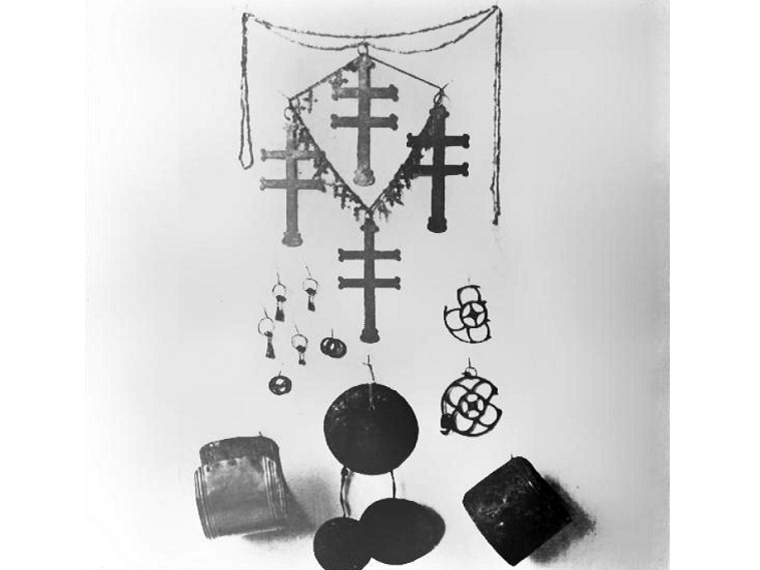If you know Chicago trivia, you may already know that the oldest business in continuous operation is C.D. Peacock Jewelers. Founded in 1837, the same year Chicago was incorporated as a city, Peacock's was actually one of five jewelry stores in the infant city. These days when you think of jewelry stores what comes to mind is engagement rings and wedding bands. So when the city's population was a few thousand, why did they need luxuries like jewelry stores? What good would those be on the frontier?
One of Chicago's first residents was John Kinzie, who trained as a silversmith. In 1804, he moved to the six square miles at the mouth of the Chicago River, a small outpost of U.S. territory within the lands of various Indian nations, in what was to become Chicago. The treaties wherein Indian chiefs ceded lands to the United States had the United States compensating individual tribe members with annuity payments. The U.S., through their network of Agency houses and factories (trading posts), paid members of the tribes in coinage - mainly silver. This currency was not practical or desirable. Instead, Indians wanted to melt down the silver coins and have silversmiths create "trinkets" like these silver goods that were owned by Little Turtle.
The Covenant Chain: Indian Ceremonial and Trade Silver has many more examples of silver jewelry and ornaments along with the history of the silverworking and Indian trade. Chicago Metalsmiths: an Illustrated History shows examples of John Kinzie's work as well as objects made by other early Chicago jewelers and silversmiths.
The story of these smiths is actually the story of early Chicago - a frontier town between dunes and swamps. That story comes to life in Rising up From Indian Country: The Battle of Fort Dearborn and the Birth of Chicago. Find a chronology of significant events, biographies, and primary sources in A Compendium of the Early History of Chicago





Add a comment to: Chicago’s Early Metalsmiths